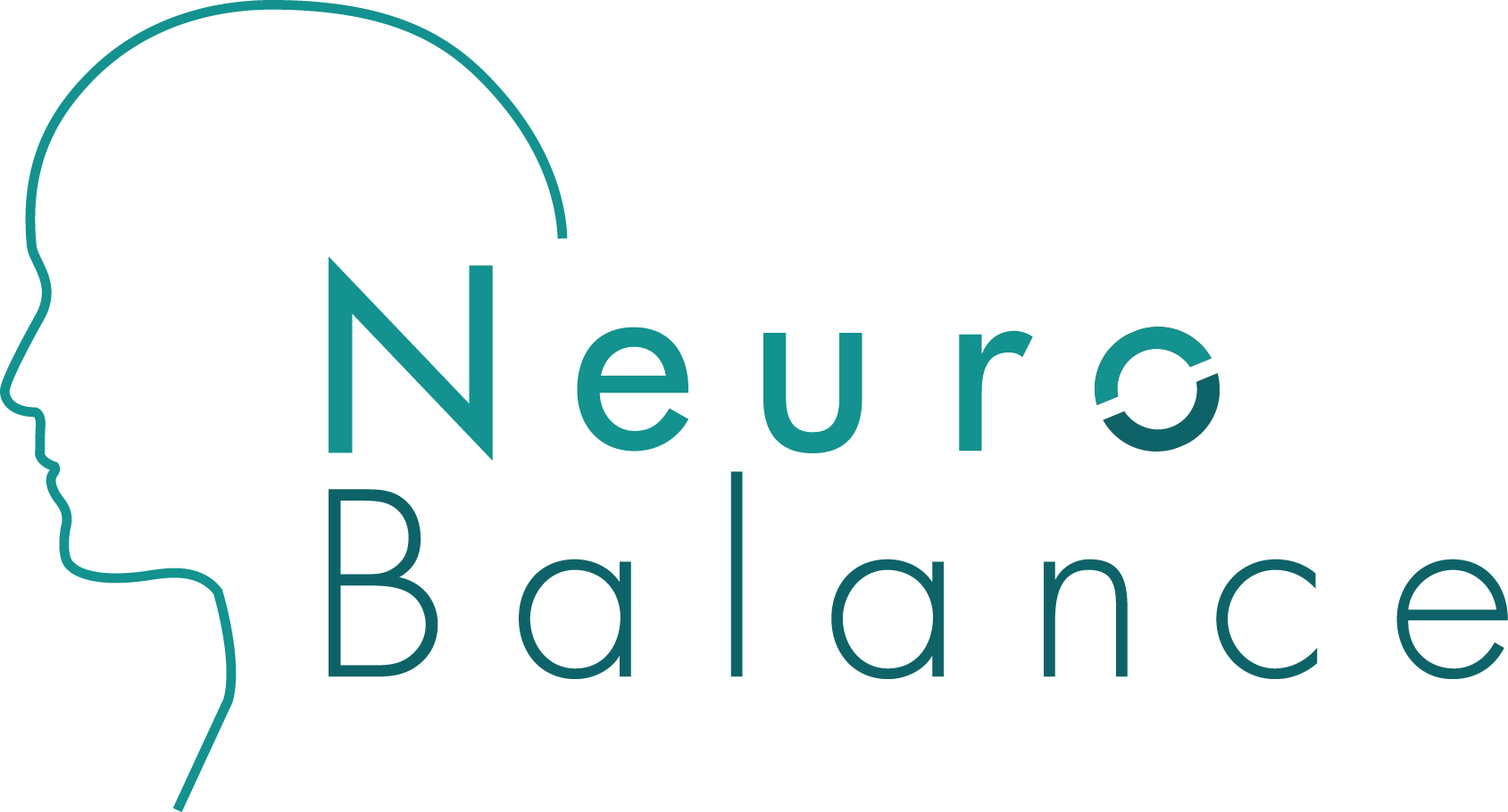Living in a Colorful World of Synaesthesia
Imagine reading a book and each letter on the page appears in a different color, or hearing a piece of music and tasting chocolate. These might sound like scenes from a fantasy movie, but for some people, this is their everyday reality due to a condition known as synaesthesia. Synaesthesia is a neurological condition where stimulation of one sensory pathway leads to involuntary experiences in another sensory pathway. For example, someone with synaesthesia might see colors when they hear music or taste flavors when they read words.
How Common is Synaesthesia?
While synaesthesia is not extremely common, it's not as rare as once thought. Research estimates that around 4% of the population experiences some form of synaesthesia. Interestingly, it appears to affect men and women equally, debunking the earlier belief that it might be more prevalent in one gender. SpringerLink American Psychological Association
Types of Synaesthesia
There are many types of synaesthesia, with at least 60 different variants identified. The most common types include grapheme-color synaesthesia, where individuals associate letters or numbers with specific colors, and sound-color synaesthesia, where sounds trigger visual experiences of colors. Other types include mirror-touch synaesthesia, where individuals feel a sensation of touch when they see someone else being touched, and lexical-gustatory synaesthesia, where certain words trigger tastes. SpringerLink
When Do Symptoms Typically Appear?
Symptoms of synaesthesia usually become apparent in early childhood, and many synaesthetes recall having these experiences for as long as they can remember. It is often hereditary, suggesting a genetic component, although the specific genes involved are still under investigation American Psychological Association SpringerLink
Impact on Life
For many synaesthetes, these sensory overlaps can be pleasant and enhance their perception of the world. Artists, musicians, and writers often find that synaesthesia enriches their creative work, providing unique perspectives and inspiration. However, it's not always a boon. Some synaesthetes can find their experiences overwhelming or distracting, especially if the sensory crossovers are intense. There can also be social challenges, as others may not understand or believe their experiences, leading to feelings of isolation. SpringerLink American Psychological Association
Any Dangers?
Synaesthesia itself is generally not dangerous and is considered a benign condition. However, the intense sensory experiences could lead to sensory overload or contribute to anxiety, especially in environments with a lot of stimuli. In children, synaesthesia has been linked to issues with well-being, potentially due to the misunderstanding or underestimation of their experiences by others. SpringerLink
Synaesthesia provides a fascinating glimpse into the variability of human perception, showing us just how diverse and colorful our brains can be. Whether a source of joy or challenge, it undoubtedly adds a unique dimension to the lives of those who experience it.
-A Balanced Brain is a Better Brain for a Happier Life-
